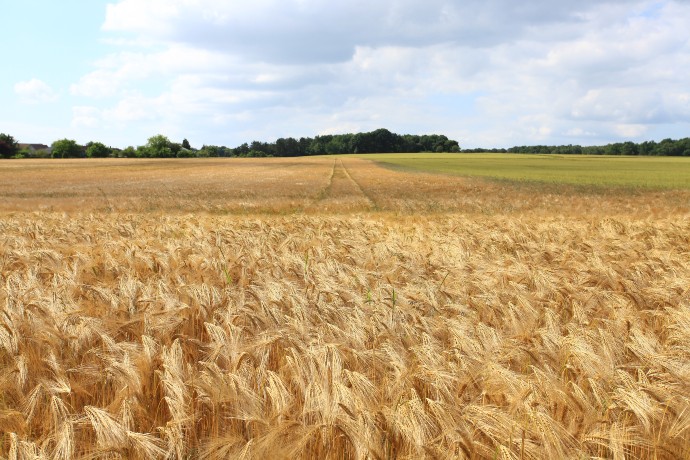Breeding and evaluation of sustainable winter barley cultivars for feed and malting

As water demands increase, and available irrigation water supplies stay constant or decline in Utah, barley production systems will need to adapt to earlier maturity and to make use of winter precipitation and early spring moisture.Winter barley is poised to allow such a shift, as it can mature earlier and allow growers to focus equipment, labor, and water resources on other crops, such as hay, later in the summer season. Because both environmental stresses and diseases and insects differ markedly between geographical areas, it is important to develop cultivars that perform particularly well in a given production area. In addition, as management practices change to become more sustainable, plant breeding must continually shift emphases to develop adapted material for current and future production systems.
Food safety and food nutrition requirements also change with increased knowledge, and plant breeding is responsible for providing cultivars to meet the needs of increasingly more sophisticated consumers and allied industries. Plant breeders are tasked with development of these improved cultivars to meet the agronomic needs of local producers; cereal chemistry and rheology needs of the industries that processes these grains; and safety and nutrition needs of the consumers who purchase and feed their families with them. In addition to the direct research, the value of including undergraduate and graduate students as part of building and maintaining capacity in plant breeding and genetics should not be undervalued. Conventional and genomic breeding of improved cultivars will result in new cultivars released for acceptance by stakeholders including farmers and the feed and malting industries.

